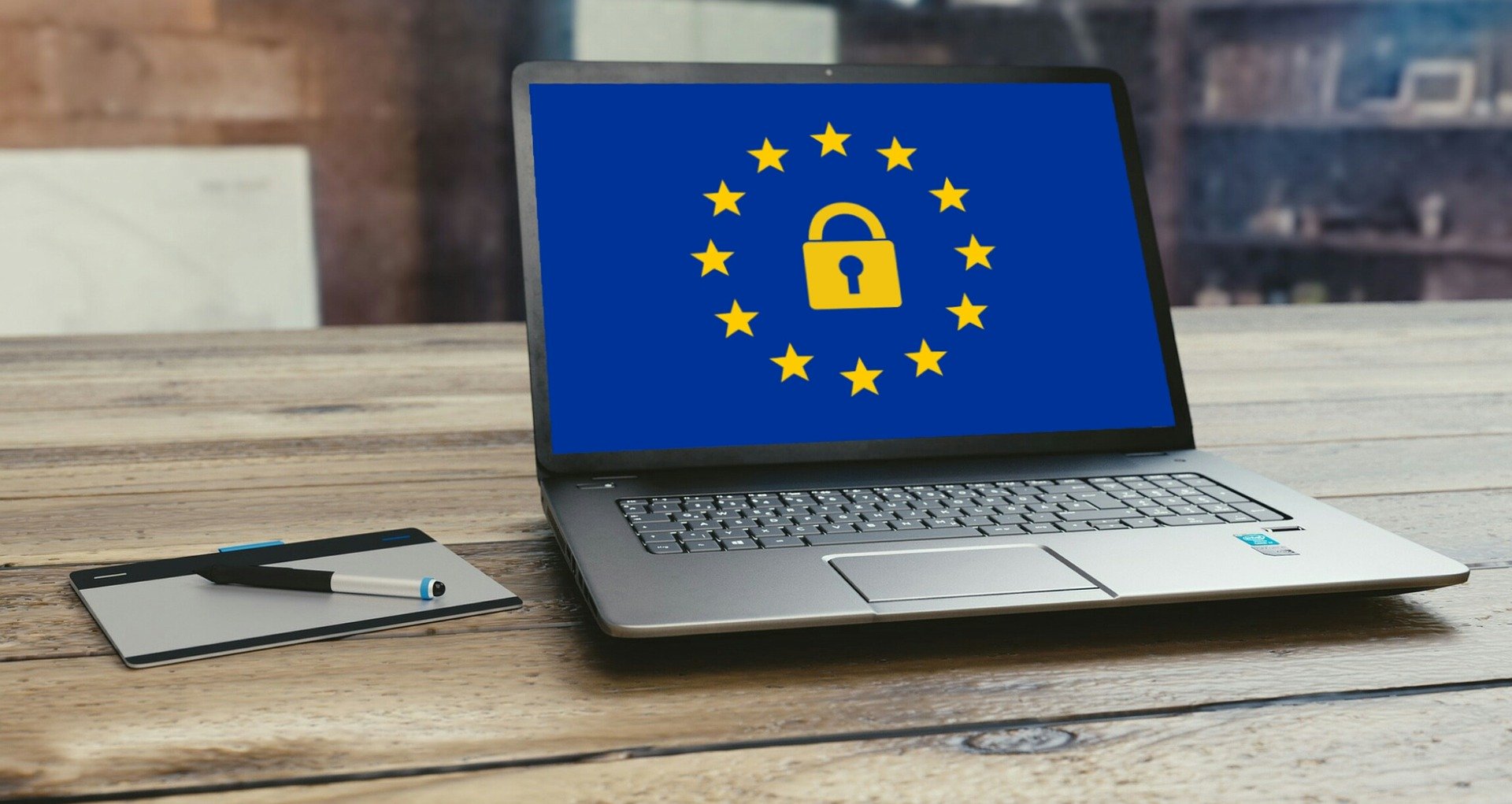The General Data Protection Regulation (GDPR) came into play on 25th May 2018 and is a legal framework that sets guidelines for the collection and processing of personal information of individuals.
Businesses have always had a duty to protect the data they process and hold about their employees, customers and contacts. However, when GDPR was introduced two years ago, it completely changed the way businesses collected, stored and used their data.
The processing and storage of personal data is the main subject of the regulation. Almost everything that can be done with personal data is classed as processing, for example, simply asking for a customer’s telephone number or email address and saving it on a database constitutes data processing.
Now that the regulation is in full swing, not only must businesses comply, but they will also need to clearly demonstrate how their processes comply, documenting the decisions they take to protect people’s personal data.
Therefore, every device on a business’s network must be sufficiently protected to reduce the risk of a data protection breach, and this includes all the printers on a network.
Why is my printer a risk?
Businesses tend to focus on server, mobile and computer protection, but any data that is sent between devices is also vulnerable to attack – including printers. Unsecured printers expose your business to the same data threats as your computers, therefore safeguarding your print fleet is essential for security compliance.
Like all connected devices, printers represent an ‘attack gateway,’ for hackers, so including them in security planning and audits will need to be a serious consideration in order to comply with GDPR.
Weaknesses in print security range from complex issues with encryption to simple human error. For example, many businesses may be simply unaware that print data is often transmitted unencrypted via the network when printing. The most common kinds of security risks include:
– Unauthorised access to print data
– Print job manipulation
– Unauthorised configuration changes
– Print data disclosure
– Entry point to wider network
How do I ensure that my printer is GDPR compliant?
The best defence is to implement a suite of secure access features to maximise your printer’s security. These can include:
– Comprehensive end to end encryption
– Document management systems
– Restricted access
– Password protection
How can Control Print help?
Many printer vendors like Konica Minolta and HP are increasing their focus on security and building in software to prevent unauthorized configuration changes, protect against malware and viruses, and encrypt data stored on and sent to the printers.
We offer a vast number of Konica Minolta and HP devices that are already installed with GDPR compliant software including secure file share and printing, document access management and antivirus protection.
Want to know more about GDPR and protecting your printer? Get in touch with one of the team using the live chat feature on our website.

